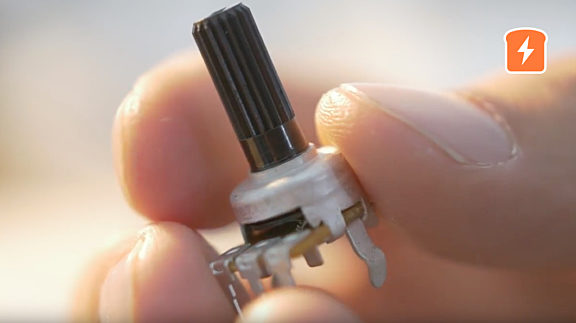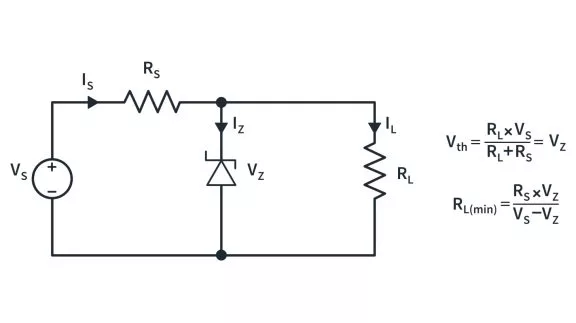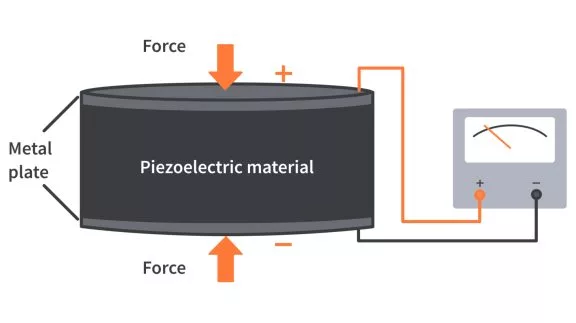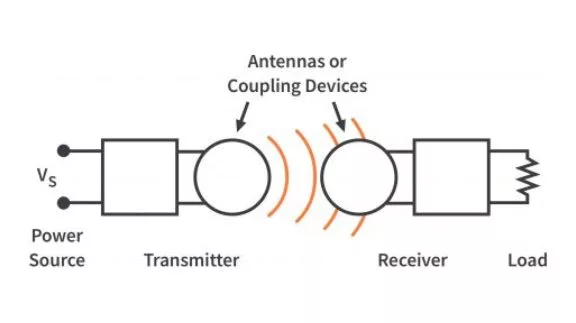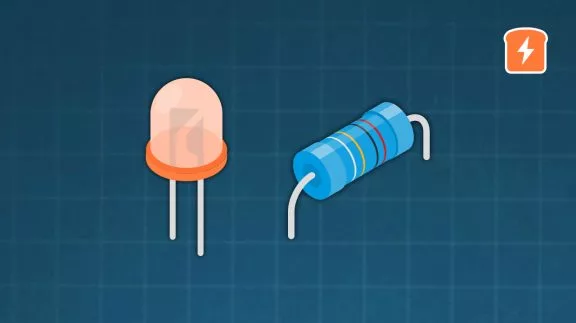Power Dissipation in Circuits
Published
In normal conversation, power is often interchanged with a lot of similar but actually different words - energy is a big one. Power is the amount of energy that is expended over a certain amount of time. While power is found in a lot of different fields, such as horsepower in cars, it is most often measured in watts within the electrical engineering and electronics fields. In electronics, power dissipation is usually a measure of how much heat is being released due to inefficiencies in the circuitry. While there are exceptions to this, such as with heaters, we’d like to focus on power dissipation in resistors or other components.
How to Find Power Dissipation with Resistors
The formula for power is quite straightforward:

If you know the voltage drop across a component and the current through it, you can figure out the power dissipation using elementary math. If you don’t have one of those two variables, though, hope is not lost. Using Ohm’s Law, we know

and

So we can change that power equation to:

or

Power Dissipation in Storage Devices
There are two components that beginners sometimes mistakenly try to figure out their power dissipation. Ideal capacitors and inductors do not dissipate power - they’re storage devices. While sometimes capacitors and inductors both have voltages across them and current through them, they are in the process of charging or discharging and no power is dissipated. Note the term “ideal” - in reality, they have a series resistance that does cause a small amount of power dissipation but, in most cases, can be ignored.
Power Losses from Switching
High efficiency power supplies, as well as the extremely efficient Class D amplifiers, utilize high speed switching to achieve their efficiencies. Theoretically, Class D amplifiers can reach 100% efficiency but in reality, they lose power during the transition of off and on.

When a switch is open, even if the voltage is very high, there is no current. With P = IV, there is no power if I is zero. When a switch is closed, even if the current is high, there is no voltage across the switch. So, again, if I is large and V is zero, then there is no power dissipation. But while the switch is changing states, the resistance transitions between “0” and “∞” and it’s during this transition that power is dissipated.
Is Power Dissipation Ever a Good Thing?
Sure! While inefficient, electric heating is extremely easy. Resistance wire, like Nichrome, is the basis of most space heaters, toasters, and blowdryers in production. And the extremely inefficient incandescent light bulbs have been used for years by people as low cost heaters in small spaces. So, if heat is your goal, then it’s less a matter of reducing power dissipation and more about controlling it and using it safely.
General Tips for Power Dissipation
- Make sure your resistors are rated to the correct wattage. Unlike food, electronics don’t get better when cooked.
- Make sure that IC’s ratings include or don’t include heatsinks and plan accordingly. If you’ve got a TO-220, their power dissipation capabilities are increased significantly with a heatsink.
- When designing PCBs, make sure your traces are big enough to have a low enough resistance so that they don’t get too hot. We have a calculator for this.
- If creating a switching circuit, decrease your switching time as much as possible. This is done by making the slew rate as steep as possible, which is accomplished by decreasing the capacitance on the line.
Check Yourself
8 Questions

Get the latest tools and tutorials, fresh from the toaster.


